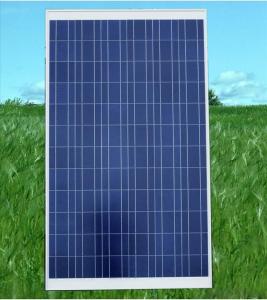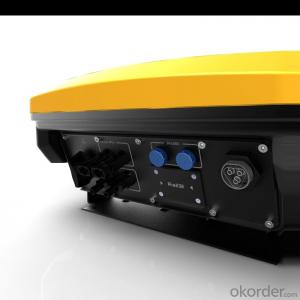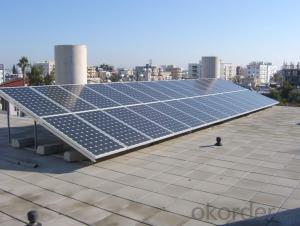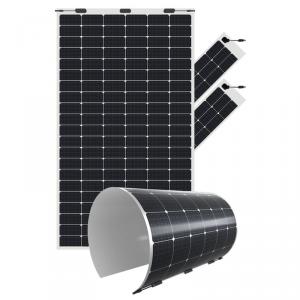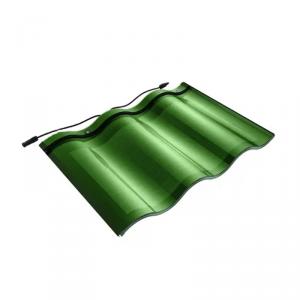Solar Pannel Inverter
Solar Pannel Inverter Related Searches
Solar Panel Inverter Panel Solar Inverter Solar Panels Inverter Solar Inverter Panel Solar Panel Solar Inverter Inverter Solar Panel Sun Solar Inverter Solar Solar Inverter Power Solar Inverter Solar Power Plant Inverter Sunpower Solar Panel Inverter Solar Photovoltaic Inverter Power Inverter Solar Panel Solar Plant Inverter Solar Panel Hybrid Inverter Portable Solar Panel Inverter Inverter Solar Panels Solar Inverter Solar Panel Small Solar Panel Inverter Solar Energy Power Inverter Solar Pump Inverter Solar Energy Inverter Solar Powered Inverter Solar Power Battery Inverter Home Solar Panel Inverter Inverter On Solar Panel Solar Battery Inverter Sunshine Solar Inverter Solar Panel Micro Inverter Solar System InverterSolar Pannel Inverter Supplier & Manufacturer from China
Solar Panel Inverters are essential components in solar energy systems, converting the direct current (DC) generated by solar panels into alternating current (AC) that can be used by homes and businesses. These inverters play a crucial role in ensuring that the solar energy produced is efficiently utilized and integrated into the power grid or local electrical systems.The application and usage scenarios for Solar Panel Inverters are vast, ranging from residential rooftop installations to large-scale commercial and industrial solar projects. They are also utilized in off-grid applications, such as remote cabins and emergency power systems, where they help to store and manage solar energy for later use. In addition, inverters are vital in grid-tied systems, where they synchronize the solar energy output with the grid's frequency and voltage, ensuring a smooth and stable power supply.
Okorder.com is a leading wholesale supplier of Solar Panel Inverters, offering a wide range of products to cater to different needs and requirements. With a large inventory, Okorder.com ensures that customers have access to high-quality inverters from reputable manufacturers, all at competitive prices. Whether for small-scale residential installations or large commercial projects, Okorder.com is committed to providing reliable and efficient solutions to harness the power of the sun.
Hot Products





